There can be your advertisement
300x150
Personal Experience: How to Use Wood in Interior Design
This material has a rich texture and can transform any interior. However, there are nuances. What those are are explained by professionals.
Natural wood in interior design is a trend that has not lost its relevance for many years. How to choose and use this material properly, and most importantly, make it last as long as possible—experts from 'Studio 3.14' shared their insights.
Nadja Kapper, Expert. Lead Architect-Designer at 'Studio 3.14'
How to Prepare an Apartment with Wood
Any interior becomes cozier with solid wood, but it's extremely difficult to work with. The room must maintain a specific humidity and temperature level; otherwise, window sills near radiators will crack in the first winter, doors won't close properly, and countertops will develop deep cracks.
Wood is a very capricious material. For the finish to last for many years, special conditions are required. At minimum, you'll need a centralized air conditioning system and an integrated humidifier that continuously maintains the necessary microclimate in the room.
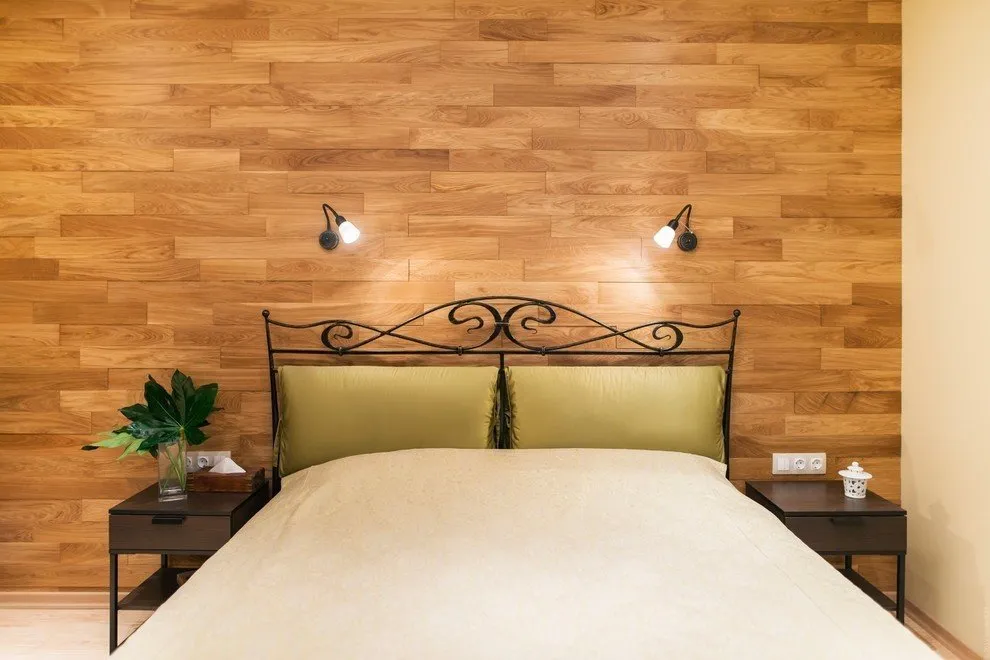
Which Wood Species to Choose
There are many types of wood with varying density, water resistance, thermal and sound conductivity, color, gloss, and scent. Their prices also differ. For example, oak has the highest density, making it the most reliable material for furniture and parquet in terms of price-to-quality ratio.

For bathrooms, I recommend teak, a particularly durable wood species that doesn’t rot when exposed to water and becomes stronger. Hence, it's used in yacht finishes. Teak is accordingly expensive, so it's rarely used for wet zone finishes in apartments—too costly a luxury.

Another water-resistant species is karagach. This valuable wood is mainly used for furniture—it's very dense and doesn’t crack over time, so if you need a solid wood table—choose karagach.
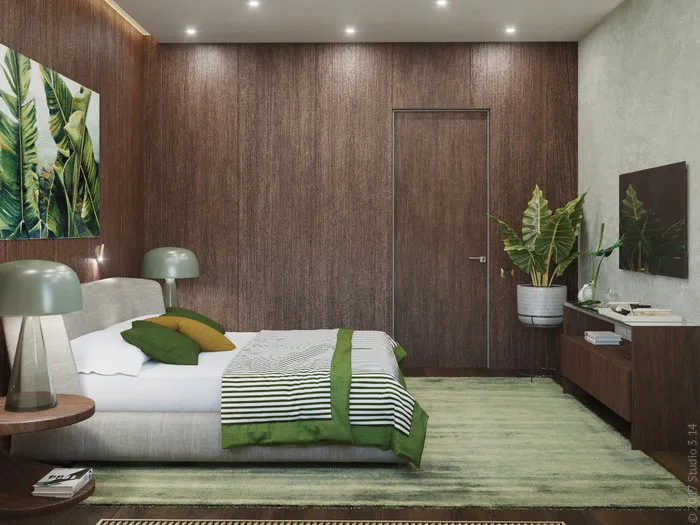
Marina Kozlyakova, Expert. Lead Architect-Designer at 'Studio 3.14'
What Is Selection and What Does It Affect
Besides the species, natural wood is characterized by selection.
Definition
Selection refers to the arrangement of boards based on color, wood grain, cutting method, and presence of defects.
Depending on the category you choose—select, natural, or rustic—the boards will either have a fully uniform structure, small inclusions of knots and sapwood, or very varied with many inclusions and knots.
Selections vary significantly in price, but they can be combined in interiors: for example, use select boards on open spaces and rustic boards under the bed. Besides cost savings, this also concerns style—whether the space should make a 'grand' impression or emphasize an eco-style interior.
Finishing Wood
To prevent wood from deteriorating and ensure longevity, it should be coated with oil, wax, or lacquer. Some designers don’t like lacquer for its shine, as even matte lacquer still slightly reflects light. But it forms a protective film and is more resistant to damage—scratches and stains. Oil provides a softer finish and should be renewed every six months.
When choosing a finishing coating, remember that the final result depends not on it but on the wood itself. Coatings cannot be selected based on color swatches like regular paint—you must always test the finish on a sample of the actual wood you plan to treat. Because the same lacquer or wax will look different on various wood species.
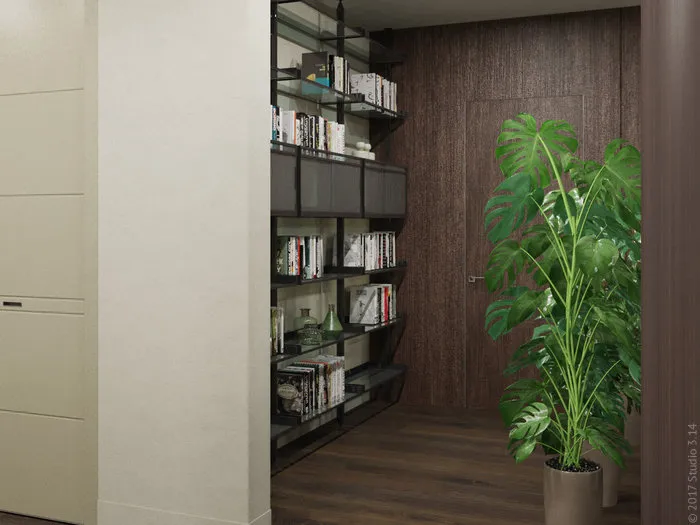
Where to Find Furniture Made of Natural Wood
If you decide to order wardrobes, kitchen furniture, or parquet for your apartment, it's better to go to factories—these have refined production processes, standard templates, and machines calibrated for specific dimensions. All of this affects quality, delivery times, and final cost.
If you want to create something unique for your interior, use a craftsman’s services—they can help come up with unconventional solutions, propose unusual options, and create a unique piece.

For example, handcrafted furniture made from solid slabs is very popular. Craftsmen make 'river tables', window sills, bar counters, and mirrors from these slabs. Keep in mind that such items cannot be replicated—each piece requires finding a unique cut, selecting shape, color, and grain from what’s available, and integrating it into the space to highlight the natural beauty of the wood.

3 Ideas to Save Money When Using Natural Wood
Choose Veneer
Instead of working with solid wood, use veneer in your interior—several layers of glued plywood with a thin layer of valuable wood species on top. It looks the same but is cheaper and less demanding in terms of operating conditions.
Lay Engineered or Parquet Flooring
Instead of solid wood parquet, you can lay engineered or parquet boards. The top layer is made from expensive decorative wood species, while the bottom layers are glued with cross-laid fibers of cheaper and more practical plywood grades.

Use Paneling
If you want to use natural wood but have a limited budget, you can always incorporate regular paneling into your interior. It also works for apartment decoration. The key is not to fully panel the walls but to combine it with paint and wallpaper. The only drawback of paneling is that it must be mounted on a frame, which consumes useful space.

Illustrations: Design Projects from 'Studio 3.14'.
More articles:
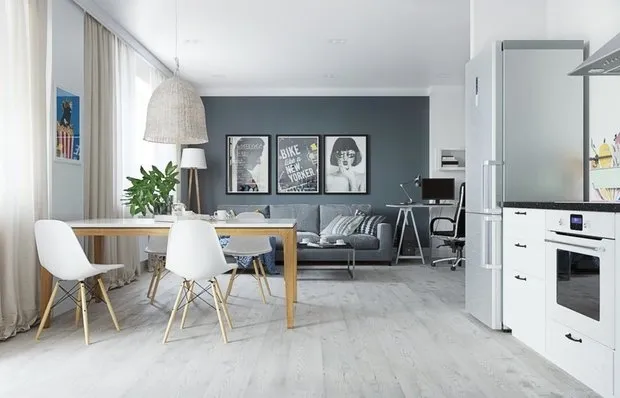 9 Classy and Useful Ideas from April Projects
9 Classy and Useful Ideas from April Projects Express Living Room Repair: 9 Ideas
Express Living Room Repair: 9 Ideas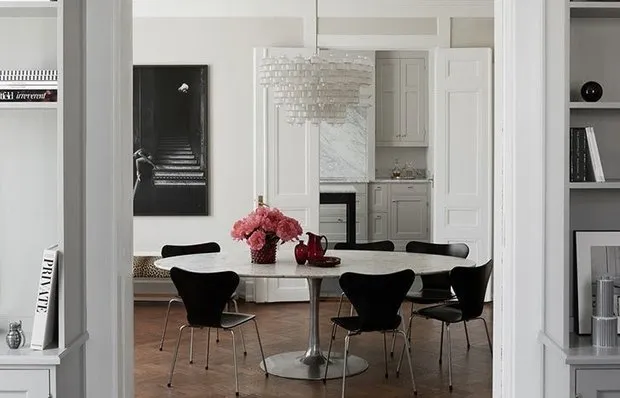 Convenient Layout and Scandinavian Palette: A Swedish Home
Convenient Layout and Scandinavian Palette: A Swedish Home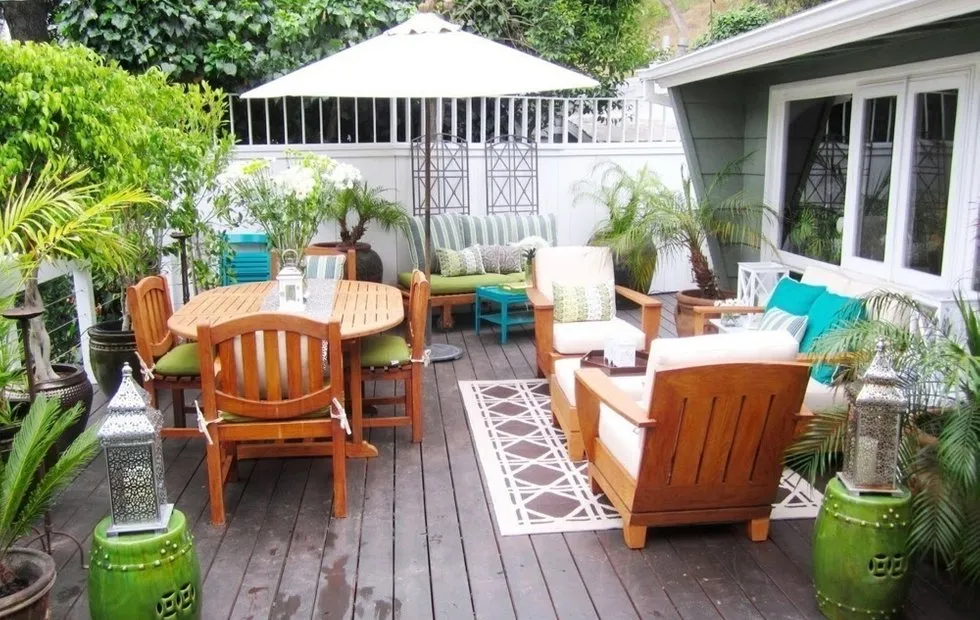 Terrace on the dacha: how to decorate it beautifully, what to buy
Terrace on the dacha: how to decorate it beautifully, what to buy What to Buy: New Industriell Collection by IKEA
What to Buy: New Industriell Collection by IKEA How to Make a Small Apartment Spacious and Cozy
How to Make a Small Apartment Spacious and Cozy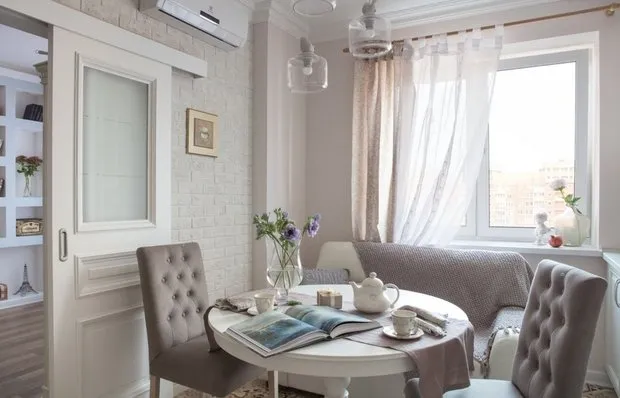 Everything You Need to Know About Window Installation
Everything You Need to Know About Window Installation Learned from the Pros: Key Trends and Impressions from Salone del Mobile 2018
Learned from the Pros: Key Trends and Impressions from Salone del Mobile 2018